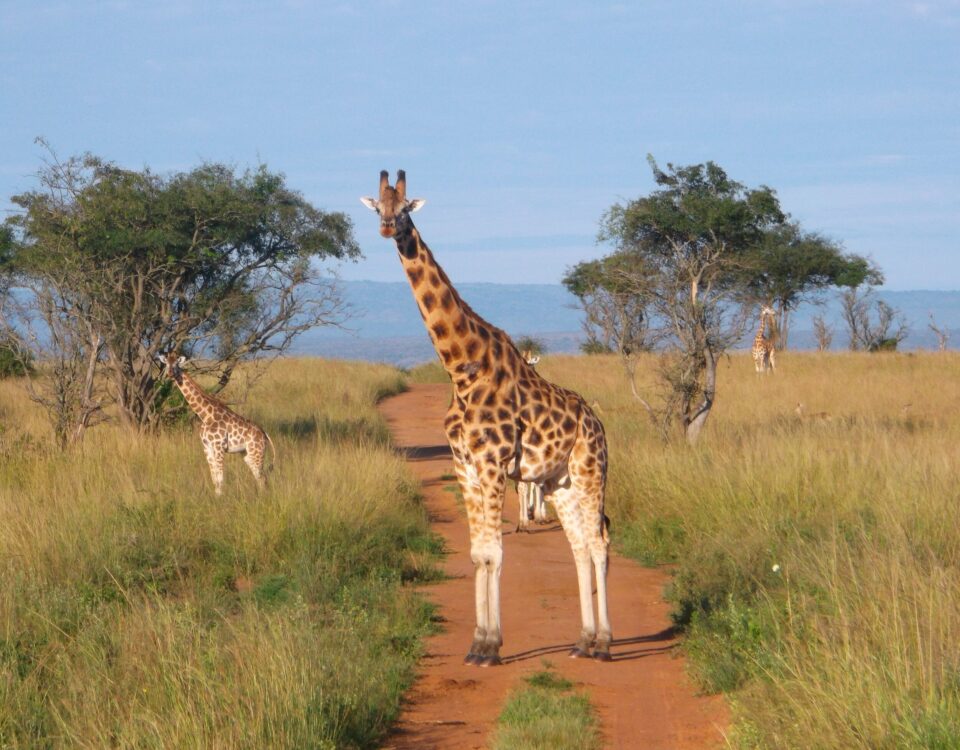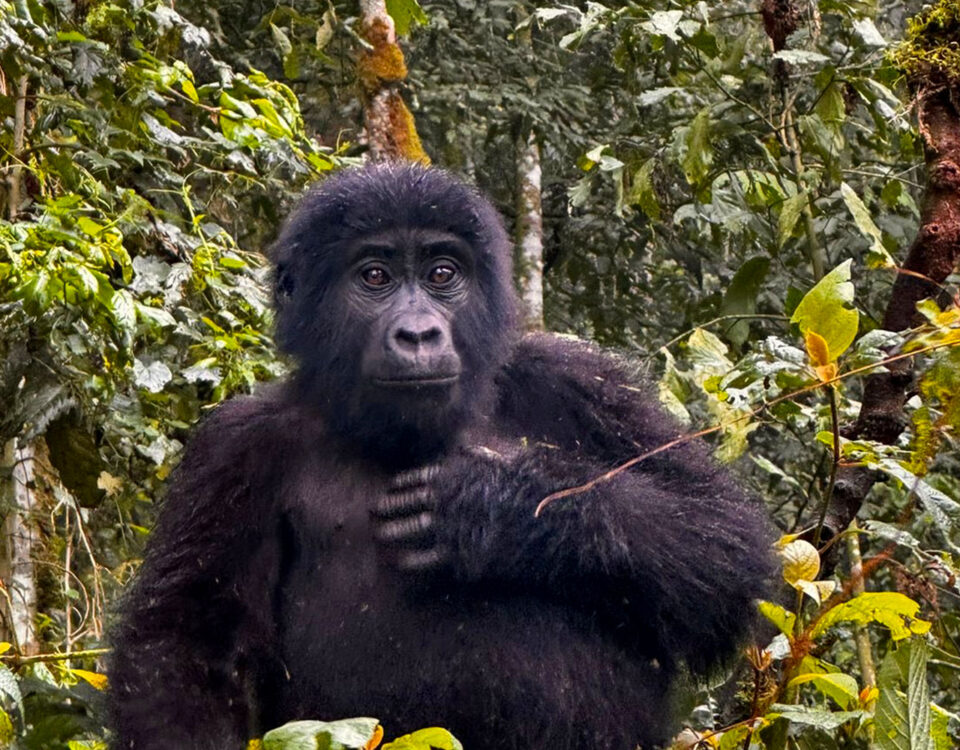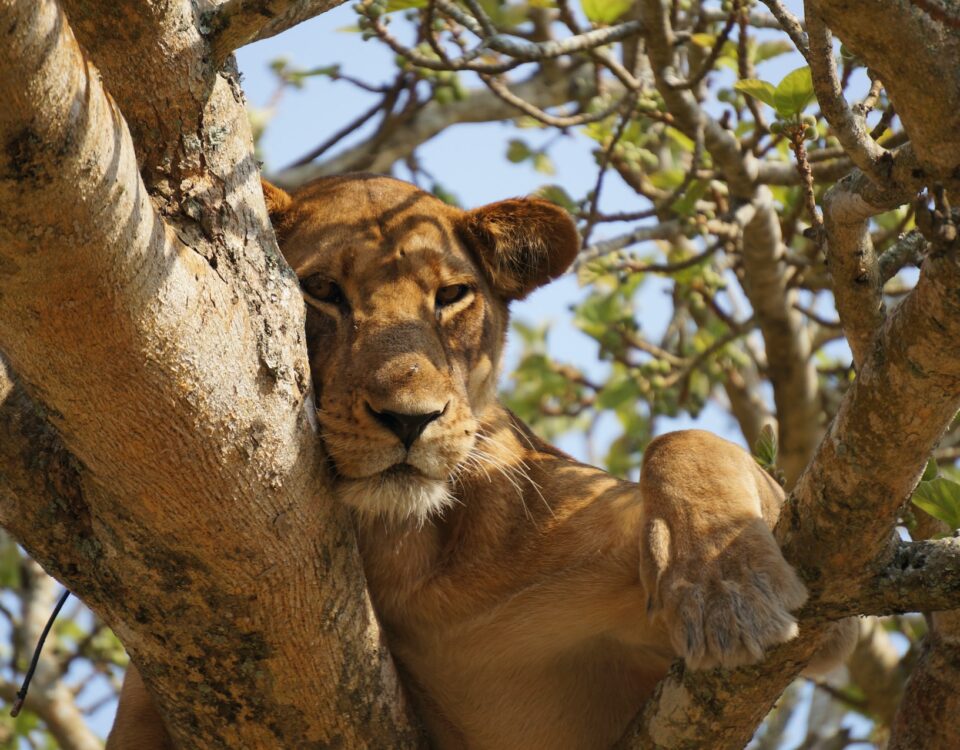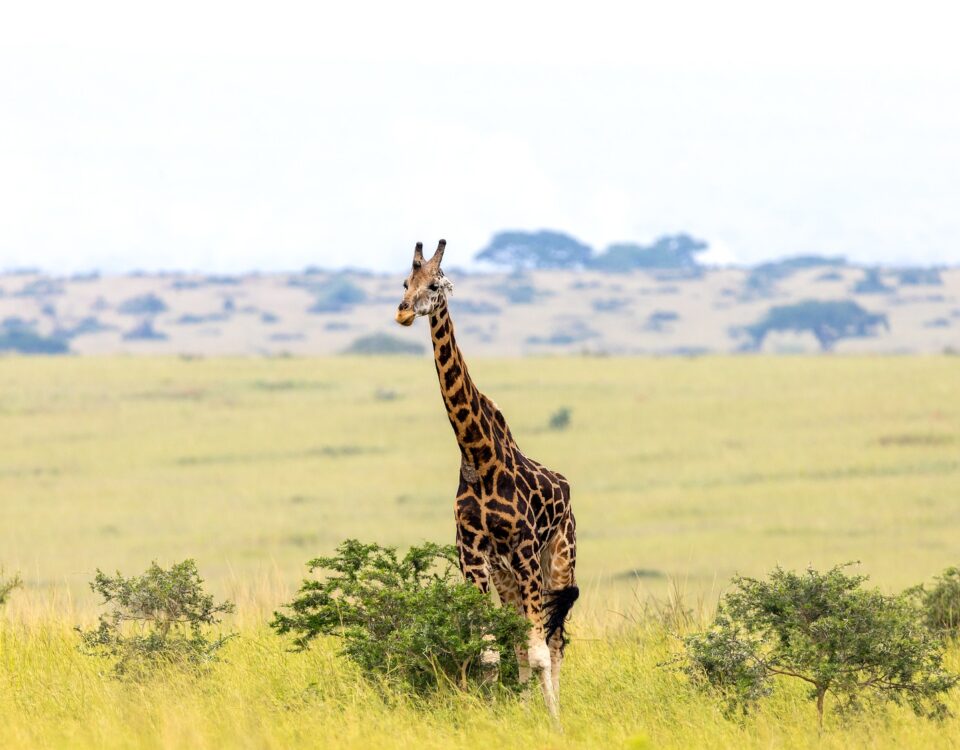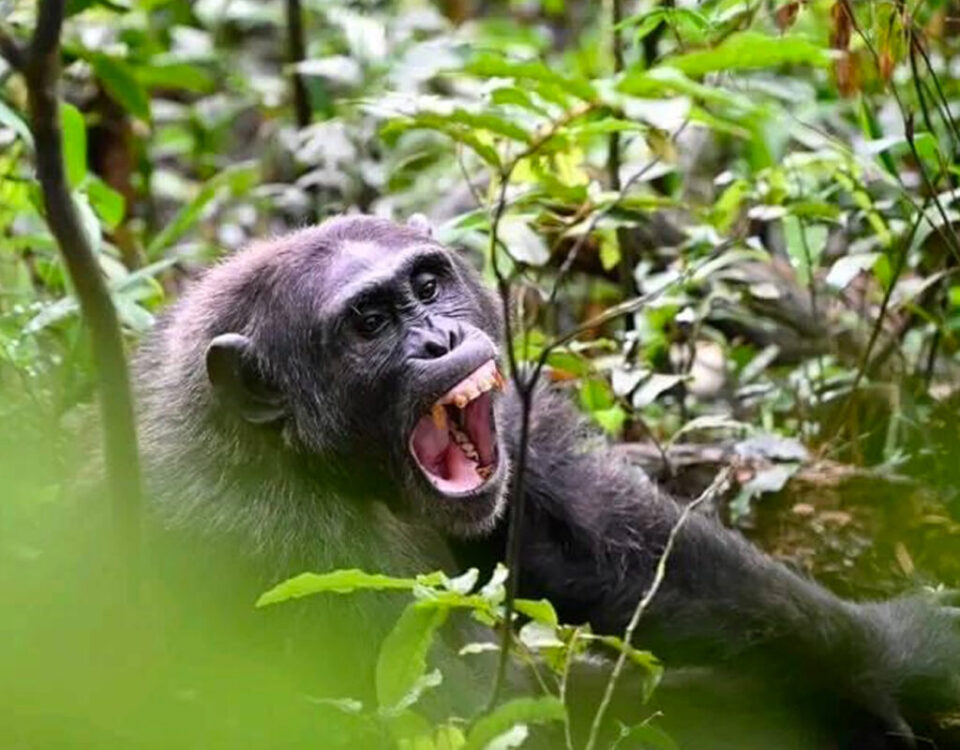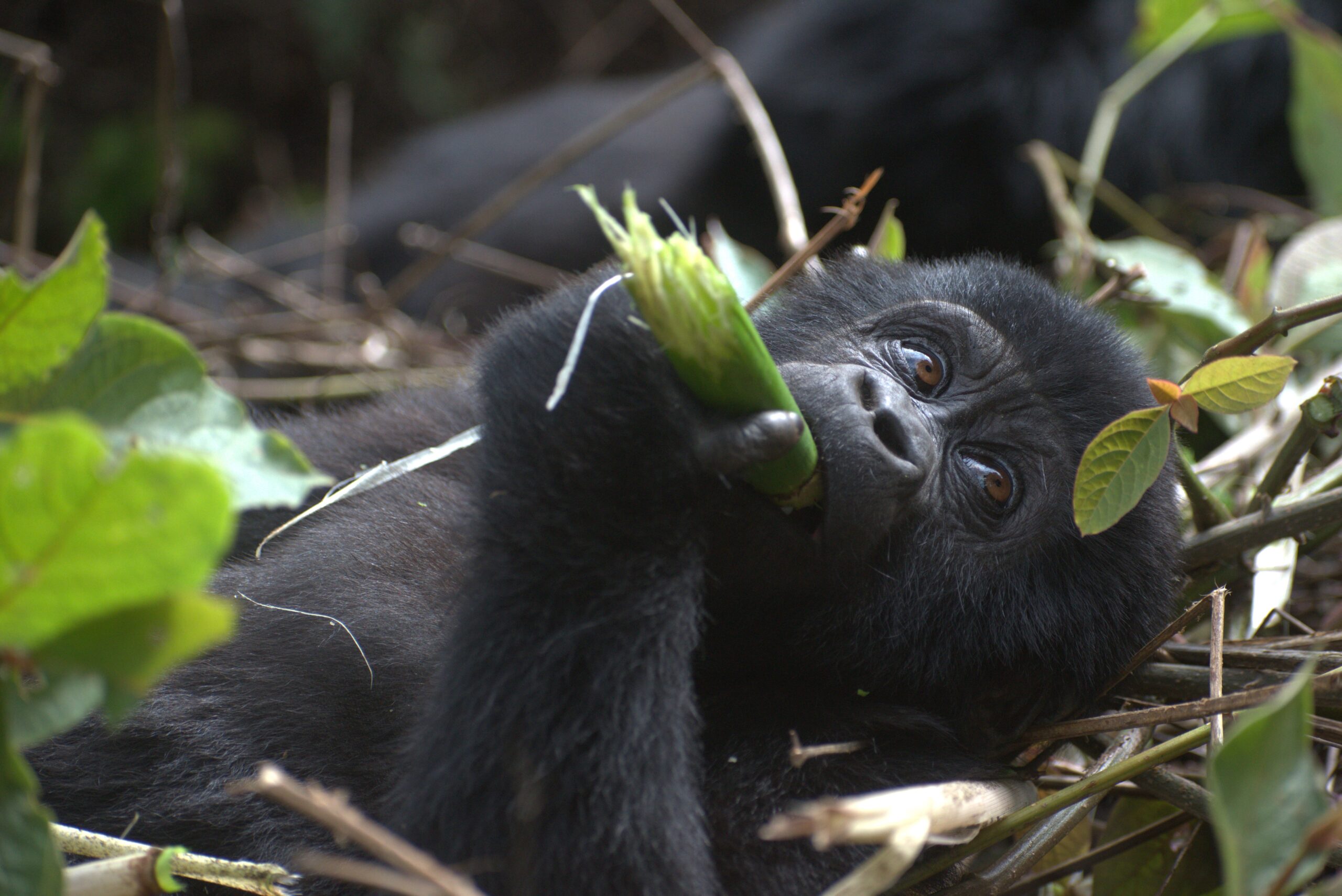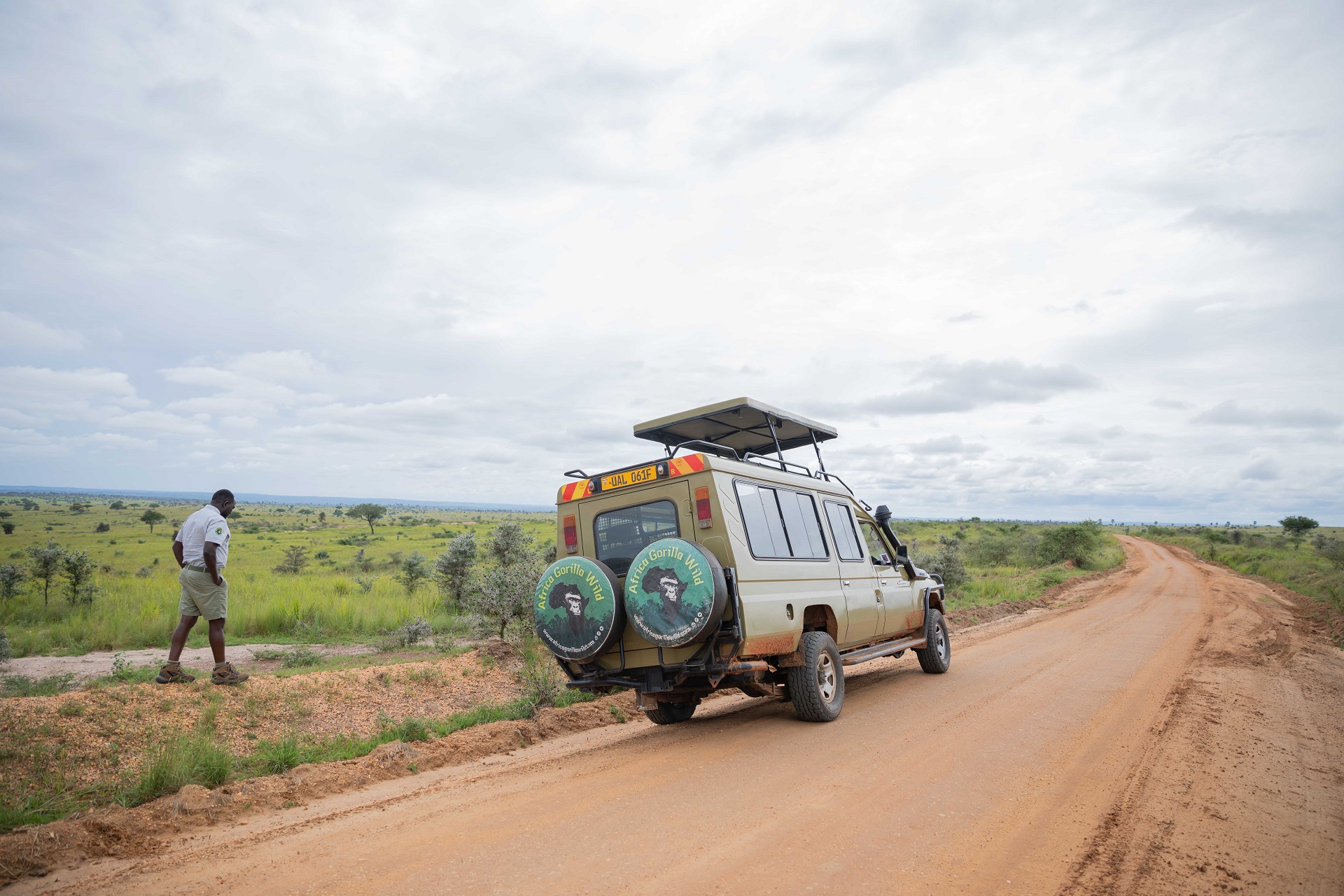Akagera National Park: A Testament to Conservation and Biodiversity in Rwanda
Akagera National Park, situated in eastern Rwanda along the border with Tanzania, is a remarkable conservation area that exemplifies the harmony between nature and community-driven restoration. Covering approximately 1,122 square kilometers, this park is the largest protected wetland in Central Africa and a haven for diverse ecosystems and wildlife. Managed through a public-private partnership between the Rwanda Development Board (RDB) and African Parks, Akagera National Park has become a symbol of successful conservation and sustainable tourism. In this comprehensive guide by Africa Gorilla Wild, we delve into the wonders of Akagera NP, exploring its history, biodiversity, activities, and role in Rwanda’s conservation efforts.
History and Transformation of Akagera National Park
Established in 1934, Akagera National Park is one of Africa’s oldest national parks. Initially spanning 2,500 square kilometers, the park’s boundaries were reduced over the years due to human settlement and agricultural activities following Rwanda’s 1994 genocide. The park faced significant challenges, including rampant poaching, habitat destruction, and declining wildlife populations.
In 2010, African Parks partnered with the Rwandan government to restore Akagera National Park. This collaboration marked a turning point in the park’s history. Through anti-poaching initiatives, habitat restoration, and community engagement, Akagera underwent a remarkable transformation. Today, it is a thriving ecosystem that showcases the power of effective conservation management.
Diverse Ecosystems of Akagera National Park
Akagera National Park is a mosaic of ecosystems that include savannah plains, rolling hills, woodlands, wetlands, and lakes. The park’s varied landscapes support an incredible array of flora and fauna, making it a must-visit destination for nature enthusiasts.
Wetlands and Lakes
The park is home to a network of wetlands, including the Kagera River and several lakes such as Lake Ihema, Lake Shakani, and Lake Rwanyakazinga. These water bodies form the backbone of Akagera’s ecosystem, providing essential habitats for aquatic life and serving as a vital water source for wildlife.
Savannahs and Woodlands
Akagera’s savannahs are characterized by golden grasslands interspersed with acacia trees. These open plains are ideal for game viewing, as they host a variety of herbivores and predators. The park’s woodlands, on the other hand, provide refuge for species that thrive in shaded environments.
Hills and Valleys
The park’s rolling hills and valleys create a picturesque landscape that is both serene and dramatic. This terrain supports diverse plant species and offers panoramic views of the surrounding countryside, enhancing the park’s visual appeal.
Wildlife of Akagera National Park
Akagera National Park is home to a wide range of wildlife, including the iconic Big Five (lion, leopard, elephant, buffalo, and rhinoceros). The park’s successful reintroduction programs have restored populations of species that were once extinct in the area.
Big Five
The reintroduction of lions in 2015 and black rhinos in 2017 marked significant milestones in Akagera’s conservation journey. Today, visitors have the opportunity to see all members of the Big Five, making Akagera one of the few parks in East Africa to offer this experience.
Herbivores
Akagera is home to a variety of herbivores, including zebras, giraffes, impalas, and topis. The park’s wetlands also attract water-dependent species such as hippos and crocodiles, which are commonly seen in and around the lakes.
Birdlife
With over 490 bird species recorded, Akagera National Park is a paradise for birdwatchers. Notable species include the shoebill stork, papyrus gonolek, and African fish eagle. The park’s diverse habitats ensure that both waterbirds and savannah species thrive here.
Activities and Attractions in Akagera National Park
Akagera National Park offers a range of activities that cater to wildlife enthusiasts, adventure seekers, and nature lovers. Each experience provides a unique opportunity to connect with the park’s natural wonders.
Game Drives
Game drives are the highlight of any visit to Akagera National Park. Guided by knowledgeable rangers, visitors can explore the park’s diverse landscapes and encounter its iconic wildlife. Early morning and late afternoon drives are particularly rewarding, as animals are most active during these times.
Boat Safaris
Boat safaris on Lake Ihema offer a unique perspective of Akagera’s wetlands and aquatic wildlife. Visitors can spot hippos, crocodiles, and waterbirds up close while enjoying the tranquility of the lake. Sunset boat rides are especially popular, providing breathtaking views and photo opportunities.
Birdwatching
Akagera National Park is a birdwatcher’s dream destination. Guided birding tours take visitors to key birding hotspots, where they can spot rare and endemic species. The park’s wetlands and savannahs provide ideal habitats for a diverse range of birds.
Community Tours
Engaging with local communities is an enriching part of the Akagera experience. Visitors can participate in cultural tours that showcase traditional practices, crafts, and dances. These interactions provide insights into the harmonious coexistence between the park and its neighboring communities.
Nature Walks
Guided nature walks allow visitors to explore Akagera’s landscapes on foot. These walks offer an intimate connection with the park’s flora and fauna and are ideal for those who prefer a slower, more immersive experience.
Conservation Success Stories
Akagera National Park’s transformation is a testament to the power of conservation partnerships and community involvement. Several key initiatives have contributed to the park’s success.
Anti-Poaching Measures
The establishment of a dedicated law enforcement team and the use of technology, such as drone surveillance, have significantly reduced poaching in Akagera. These efforts have allowed wildlife populations to recover and thrive.
Reintroduction Programs
The reintroduction of lions and black rhinos has restored Akagera’s status as a Big Five destination. These programs were made possible through collaboration with conservation organizations and local communities.
Community Engagement
Revenue-sharing programs and employment opportunities in tourism have strengthened the relationship between Akagera National Park and neighboring communities. By involving locals in conservation efforts, the park has fostered a sense of ownership and pride among residents.
Practical Information for Visitors
How to Get There
Akagera National Park is approximately 120 kilometers from Kigali, Rwanda’s capital. The journey by road takes about 2.5 hours and offers scenic views of Rwanda’s rolling hills. Visitors can also arrange private transfers or self-drive to the park.
Accommodation
The park offers a variety of accommodation options to suit different budgets. Luxury lodges such as Magashi Camp and Ruzizi Tented Lodge provide exclusive experiences, while budget-friendly campsites cater to adventurous travelers.
Best Time to Visit
The best time to visit Akagera National Park is during the dry seasons, from June to September and December to February. These months offer optimal conditions for wildlife viewing and outdoor activities.
Why Visit Akagera National Park?
Akagera National Park is a shining example of how conservation and tourism can coexist to benefit both nature and communities. Its diverse landscapes, iconic wildlife, and cultural experiences make it a must-visit destination for travelers seeking an authentic African safari.
In conclusion, Akagera National Park is more than just a wildlife destination; it is a testament to Rwanda’s commitment to conservation and sustainable development. Plan your visit with Africa Gorilla Wild and discover the wonders of this remarkable park.


